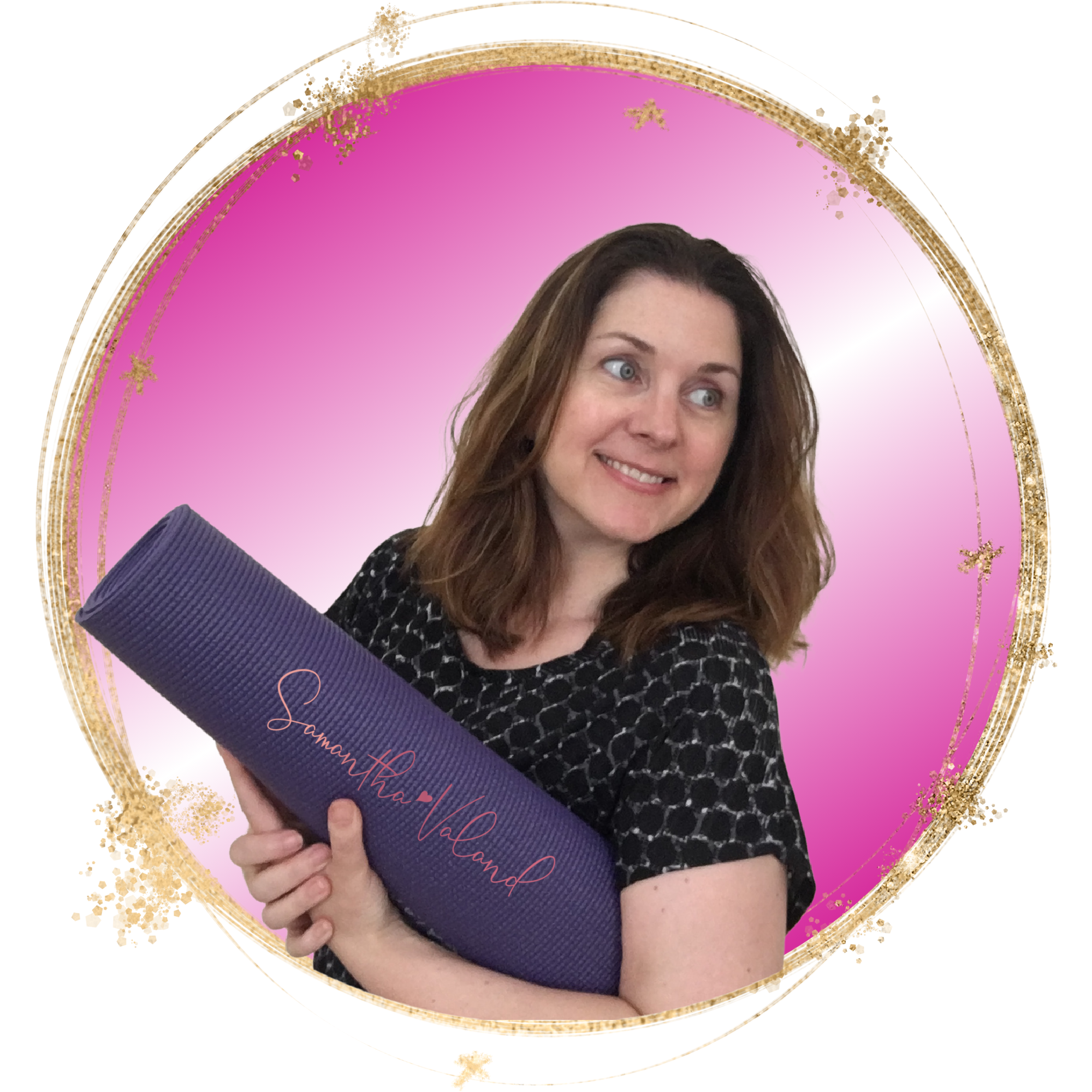Your ankles and feet are often the most neglected part of the body when it comes to exercising. When they are tight, they can have a big impact on your range of movement. Limited ankle mobility can cause you to plateau on exercises such as squats or chair pose in yoga. As you get older it shows up when you struggle to walk down steps without support.
The exercises listed are for you, if you are fit, healthy and the other side of fifty. You know your body needs a wee bit of tlc everyday and you are making it a priority to find time to do them.
Here are 3 simple ways to improve your ankle mobility and flexibility:
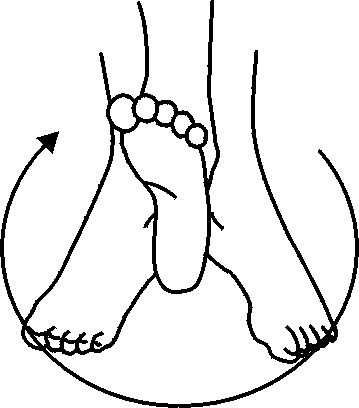
Ankle circles are the simplest movement before exercise for mobility. It’s good practice to do every day or at least before you exercise or go for a long walk.
Ankles circles can be done seated or lying on your back (supine)
Slowly circle your ankle 10 times in each direction and then swap sides
They can be done when you are watching TV, sitting at your desk or a few minutes before putting your shoes on.
Stretches
Muscles work in pairs so if you are focusing on a particular area it’s good practice to stretch the opposite muscles as well
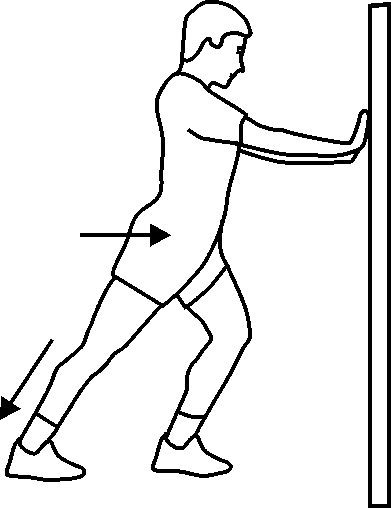
Calf stretches can be done before and after your daily walk as well as incorporating into your exercise routine.
If you are outside, drop your heel off the pavement to get some length into the muscle. If you are inside use a wall to support you
Hold for 20-30 secs gently lengthen through the back heel, increase for 2 mins if it feels OK
If you do yoga, the Downward Dog is a great way to stretch your calves in a different alignment to standing. Walk the dog version is where you alternate knee bends and lengthen the opposite heel is a gentle way to stretch your calfs (if you shoulder are happy with it!)
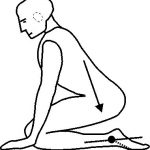
Shin Stretch Stretching the muscles at the front of your shin bone by kneeling and gently settling your weight back onto your heels to add more load.
Hold for 20-30 secs and slowly increase for 2 mins if it feels OK
This is a good one to practice often if you struggle with cramp in your feet when you exercise lying on your tum (prone)

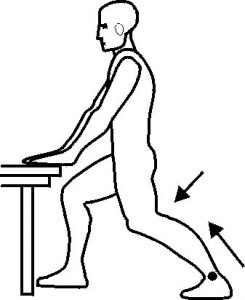
Tennis ball rolling is great to release the fascia in your feet.
If you have attended any of my Pilates classes they always include this at the start. (if you currently have plantar fasciitis check will your health care provider first)
Start seated with the tennis ball under 1 foot, roll forward and back the length of your foot and then side to side, as if you were painting the sole of your foot with the tennis ball
Start for 30 secs each side and build up to 2 mins.
You can also do this in standing. It increases the load and ouch factor, so reduce the time from sitting to start with and build up again.
Click here is a great video from the Foot Collective
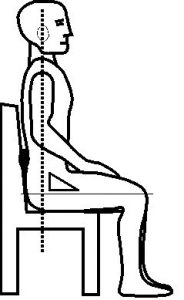
- These are great stretches for every day that help with exercise that you do with intensity and load but also for everyday activities such as walking down steps
- Ankle circles are non-negotiable mobility exercises as you get older
Samantha Valand is a Pilates teacher, Yoga Instructor and Personal Trainer. Who helps women fall in love with exercising again after the menopause. You can find some inspiration over on the blog Samatha has a free newsletter and a fun way to sign up is through my 'Elements of Exercise | Post menopause Quiz' which help you figure out what type of fitness focus to set next using Elements of Exercise framework


